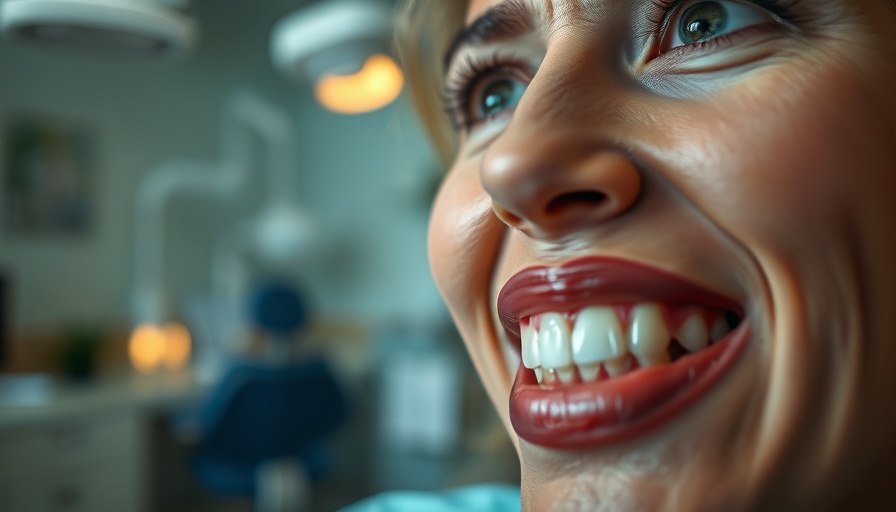
Understanding Dental Cleanings for Patients with Braces
Teeth cleaning for patients with braces involves specialized techniques to accommodate the unique challenges presented by orthodontic devices. In a recent instructional video, Whitney, a dental hygienist, outlines the processes that ensure effective cleaning while maintaining patient comfort. This article explores the techniques described, the tools used, and the importance of dental hygiene for those undergoing orthodontic treatment.
In Braces Teeth Cleaning at the Dentist, the discussion dives into the specialized techniques for dental hygiene, prompting an exploration of essential practices for patients undergoing orthodontic treatment.
The Role of Ultrasonic Scalers in Orthodontic Care
One of the primary tools highlighted in the video is the ultrasonic scaler. This device uses high-pressure water and sonic vibrations to dislodge plaque and tartar around the teeth and brackets. For orthodontic patients, the surface area for bacteria accumulation is increased due to the brackets and wires, making thorough cleaning crucial. Ultrasonic scalers are particularly effective because they can access hard-to-reach areas quickly and efficiently, which is vital for maintaining oral health.
Proper Techniques for Manual Cleaning
In addition to ultrasonic cleaners, dental hygienists also use hand scalers for more precise cleaning around the brackets. The dental hygienist demonstrates how they navigate around the orthodontic attachments, ensuring no plaque is left behind. This method requires skill and experience, as the clinician must adapt to the contours of the braces, ensuring thorough cleaning without damaging the components.
The Importance of Polishing Following Scaling
Polishing is a key step in the cleaning process, removing any remaining debris and providing a smooth surface to the teeth. As Whitney notes in the video, polishing can be done either before or after scaling, depending on the clinician’s preference. By using a prophy angle with a brush, dental professionals can ensure that the teeth are not only clean but also appear polished, contributing to the overall aesthetics of the smile.
Flossing with Braces: A Detailed Approach
Flossing is often considered one of the most challenging tasks for brace wearers, but it is essential for preventing cavities and gum disease. In the video, Whitney describes using a floss threader to help maneuver the floss beneath the wire, allowing for comprehensive cleaning between teeth. This additional step may take longer but is crucial for enabling successful at-home dental care.
Value of Regular Dental Cleanings for Orthodontics
Regular dental visits for cleanings are critical for patients with braces. These sessions do more than just clean; they serve as an opportunity to monitor the progress of orthodontic treatment. Maintaining good dental hygiene can lead to better outcomes, ensuring that when the braces come off, patients are left with a healthy and visually appealing smile.
Brushing and Flossing Tips for Brace Wearers
Finally, while professional cleaning is important, Whitney encourages patients with braces to maintain a rigorous at-home care routine. This includes using a soft-bristled toothbrush, fluoride toothpaste, and the proper technique for brushing around brackets. Moreover, dedicating time to flossing daily is crucial for oral health, as it helps eliminate the plaque that can accumulate in the intertwined regions around braces.
As the video, Braces Teeth Cleaning at the Dentist, provides insight into effective dental hygiene for braces, it’s vital to understand that consistent care plays a key role in achieving the best dental results. Not only does this approach ensure a beautiful smile, but it also fosters lasting oral health. To continue learning about dental care tips and practices, consider subscribing to reputable dental health channels and resources.
 Add Row
Add Row  Add
Add 




Write A Comment